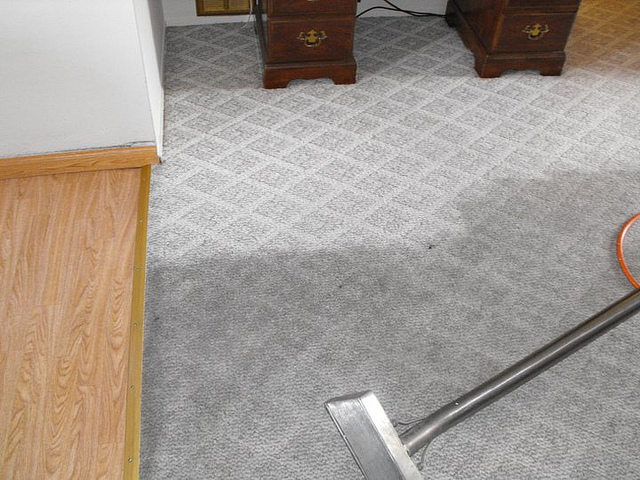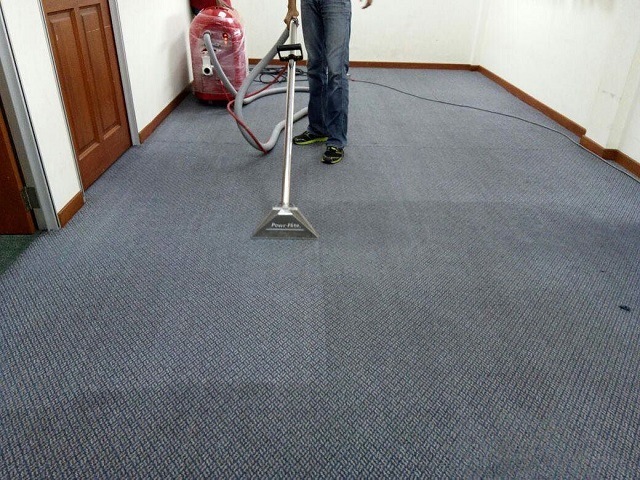Polyester rugs are a popular choice for homeowners due to their durability, affordability, and vibrant colors. However, like any other type of rug, polyester rugs require proper maintenance to keep them looking their best. In this comprehensive guide, we’ll walk you through the best practices for cleaning polyester rug, from routine upkeep to tackling stubborn stains. Whether you’re dealing with everyday dirt or more challenging issues, this article will help you maintain your polyester rug in pristine condition.
1. Understanding Polyester Rugs
Polyester is a synthetic fiber known for its strength and resistance to stains and fading. Rugs made from polyester are often used in high-traffic areas due to their durability and ease of cleaning. However, understanding the material is crucial for proper care. Polyester fibers can be sensitive to certain cleaning methods and chemicals, so knowing how to handle them correctly will ensure the longevity of your rug.
2. Routine Maintenance
Regular maintenance is key to keeping your polyester rug looking fresh. Here are some essential tips:
a. Vacuuming
- Frequency: Vacuum your polyester rug at least once a week to remove dirt and debris. In high-traffic areas, you may need to vacuum more often.
- Technique: Use a vacuum cleaner with a beater bar or brush attachment to lift dirt from the fibers. Avoid using a vacuum with a high pile setting as it can damage the rug.
b. Spot Cleaning
- Immediate Action: Address spills and stains as soon as they occur. Blot the area with a clean cloth or paper towel to absorb as much liquid as possible.
- Cleaning Solution: For most stains, a mixture of mild dish soap and water works well. Apply the solution to the stained area using a clean cloth, then blot and rinse with plain water.
3. Deep Cleaning Your Polyester Rug
Over time, deep cleaning is necessary to remove embedded dirt and restore the rug’s appearance.
a. Professional Cleaning
- Frequency: Depending on usage, professional cleaning should be done every 12 to 18 months.
- Benefits: Professionals use specialized equipment and cleaning solutions that can effectively remove deep-seated dirt and stains.
b. DIY Deep Cleaning
- Cleaning Solution: Mix a solution of mild detergent and water. Test the solution on a small, inconspicuous area of the rug first to ensure it doesn’t cause discoloration.
- Application: Use a soft-bristled brush to gently scrub the rug with the solution. Avoid soaking the rug, as excessive moisture can damage the fibers.
- Rinsing: Rinse the rug with clean water to remove detergent residues. Use a wet-dry vacuum to extract excess water and speed up the drying process.
4. Removing Stubborn Stains
Certain stains require special treatment. Here are some common stains and how to tackle them:
a. Coffee and Tea Stains
- Solution: Mix one tablespoon of white vinegar with one tablespoon of water and apply to the stain. Blot the area until the stain is lifted.
b. Pet Stains
- Solution: Blot up excess liquid and then apply a mixture of white vinegar and water. Sprinkle baking soda on the area, let it sit for a few hours, then vacuum.
c. Grease Stains
- Solution: Sprinkle cornstarch or baking soda on the stain to absorb the grease. After a few hours, vacuum up the powder and clean the area with a solution of mild detergent and water.
5. Preventive Measures
To keep your polyester rug in top shape, consider these preventive tips:
a. Use Rugs Pads
- Function: Rug pads help prevent slipping and reduce wear on the rug’s backing. They also provide additional cushioning.
b. Protect Against Sunlight
- Fade Prevention: Direct sunlight can cause polyester rugs to fade over time. Use curtains or blinds to minimize sun exposure.
c. Rotate the Rug
- Even Wear: Rotate your rug periodically to ensure even wear and prevent uneven fading.
6. Handling Special Cases
a. High-Traffic Areas
- Extra Care: For rugs in high-traffic areas, consider using a rug cleaner with a strong suction power. Frequent vacuuming and spot cleaning will help maintain the rug’s appearance.
b. Area Rugs on Hard Floors
- Protection: Use a rug pad to prevent the rug from slipping and causing accidents. It also helps protect your hard flooring from scratches.

7. Common Mistakes to Avoid
a. Using Harsh Chemicals
- Avoid: Strong chemicals can damage polyester fibers and cause discoloration. Stick to mild detergents and avoid bleach.
b. Over-Wetting the Rug
- Risks: Excessive moisture can lead to mold and mildew growth. Always ensure the rug is thoroughly dried after cleaning.
c. Ignoring Manufacturer Instructions
- Importance: Follow any care instructions provided by the manufacturer. These guidelines are tailored to the specific type of polyester used in your rug.
Conclusion
Proper care and maintenance of your polyester rug will extend its life and keep it looking beautiful. By following these cleaning tips and preventive measures, you can enjoy the vibrant colors and durability of your rug for years to come. Regular vacuuming, timely spot cleaning, and occasional deep cleaning are essential for maintaining its appearance.




